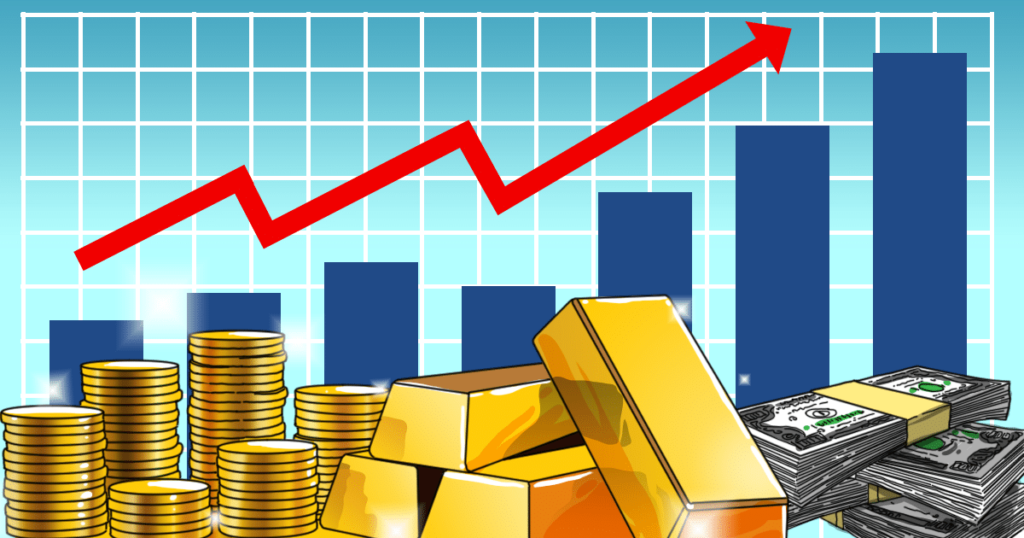One of the 3 key barriers constraining gold’s price between the range of 1790-1800 has been breached with the conclusion of the presidential election. The remaining 2 barriers are the debt ceiling, which may linger into January, as we wait for results from the congressional debt ceiling committee, and the European unions struggle to stave off collapse.
The bullet point in understanding gold’s reaction to an economic stimulus is tied to understanding the value of the US Dollar against major currency pairs, reflected in the single currency index (DXY), which has moved above the key level of 80 in post presidential election trading and brought with it; gold trading up to 1726.54.
One of several factors driving gold trading is its perceived hedge against inflation. The Fed attempts to control inflation with the 2 big tools it has available. 1. Adjusting of the Federal Funds Rate and 2. Federal Open Market Committee operations or FOMC, which will buy and sell debt to and from participating banks.
One method used to prevent deflation is to inject capital into the system; this is known as quantitative easing or QE. That method was not used after the 1929 market crash and led to the great depression.
QE3 and the Effect on Gold Prices
As we continue into the 3rd round of QE we can expect the current Fed chairman to continue the central banks easing policy of purchasing collateralized debt, into the foreseeable future, thereby increasing the money supple in the form of available credit. This is a leveraged approach to expanding the Feds balance sheet, but nevertheless, an increase in the money supply is inflationary and devalues the dollar. Once again gold bugs may see this as an opportunity to hedge inflation.
The Feds plan is to stimulate growth by lending dollars, create a target 2% inflation, which is manageable, and then reverse the money supply. That plan may leave traders skeptical and searching for a safe haven in gold.
In mid June 2007 we saw gold prices challenge $1,000 per ounce as a result of the Fed and the treasuries actions to stave off a financial catastrophe when they introduced the first round of QE. Gold and the US Dollar were correlated at that point as they both became the safe havens to the world economies on the fear of disaster.
Inflation debases the US Dollar, or any currency for that matter, and drives the DXY down. After gold peaked in September of 2011, the US Dollar was still very strong, acting as the safe haven currency, but gold prices began to fall. That was an example of decoupling. An inverse correlation had begun, and gold took on a life of its own.
The Fed has other tools in its QE tool belt. It can inject or extract capital through its open market committee transactions with participating banks, which it does routinely. Also, it can adjust the Federal Funds Rate, which it hasn’t done since December of 2008 when the rate was incrementally cut to 0.25%, in an attempt to head off deflation.
The FOMC has a scheduled rate announcement on December 12th at 8:30 a.m., in which there is no perceived interest rate change.
A gold trader may interpret no change in the interest rate as instability without growth and see a continuation of QE as further inflation, and view the current price of gold to rise. On the other hand he may see the same data to mean stability, a winding down of QE, a devaluation of the dollar, and perceive the fall in the price of gold.
That said, there are many pieces of the puzzle to analyze when forecasting the price of gold. An economic stimulus is but one component. Economic drivers are not cast in stone. The market will take gold where gold traders want to take them based on perception, fear, and greed. Gold investing needs to be evaluated using all the pieces of the puzzle and a proper risk management plan in place.






